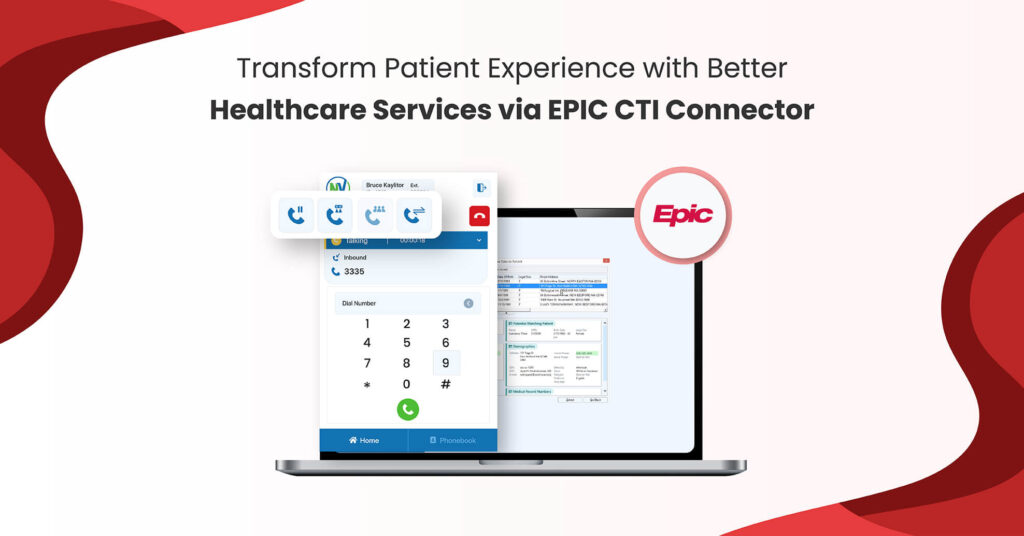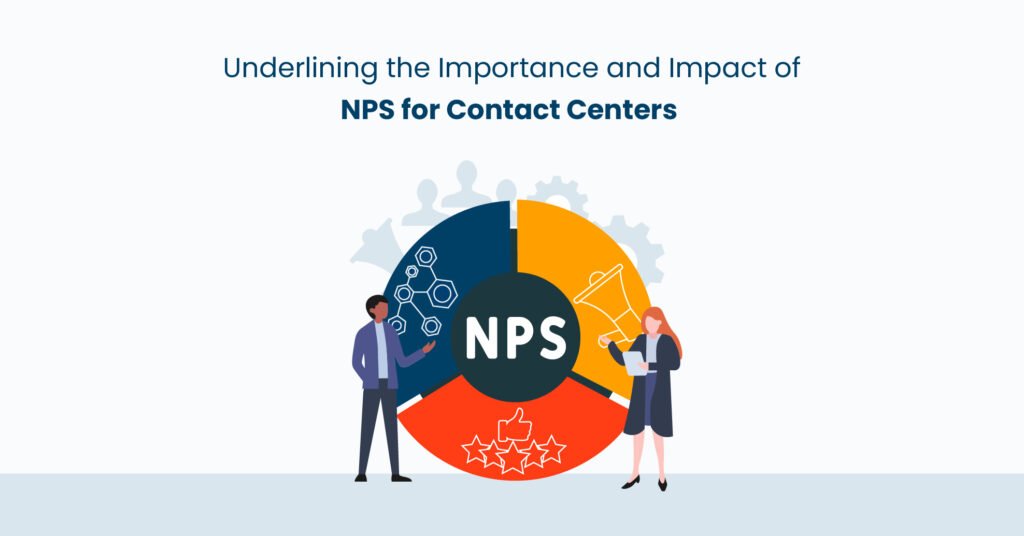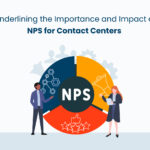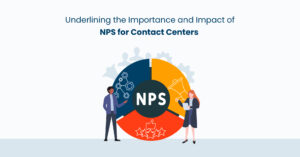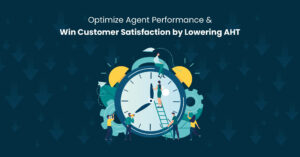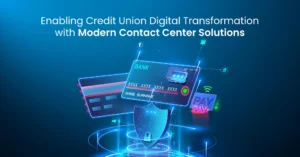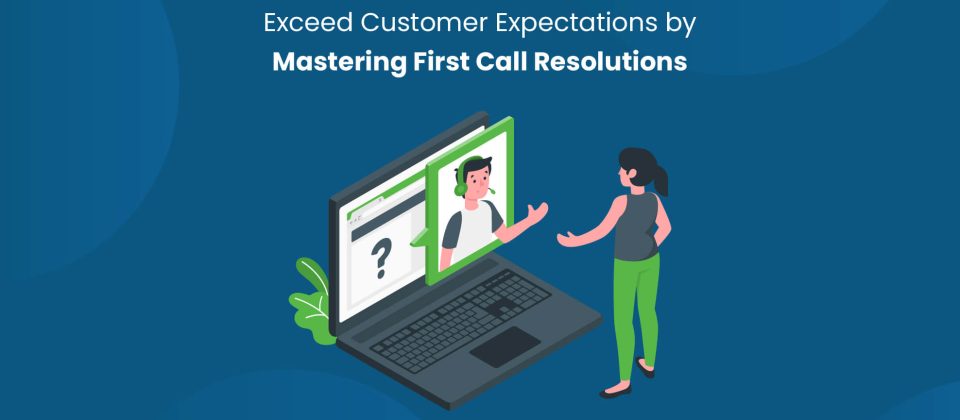
How would you feel if you had to repeatedly keep calling customer service representatives because they couldn’t resolve your issue the first time around? Annoying, right?
That’s an example of a company failing to meet its first-call resolution targets.
We will be covering the First Call Resolution next in our series of critical Call Center Metrics that define your business’s success. Let’s start.
Defining First Call Resolution or FCR
FCR or First Call Resolution is the ability of your customer service representatives to resolve customer queries in the best way possible, only the first time around. This means the customer doesn’t have to follow up with subsequent calls, awaiting the right resolution. When customers get a resolution only on the first contact, it contributes to a better customer experience as well.
Understanding the Importance of First Call Resolutions (FCR)
FCR or First Call Resolutions hold significant importance for contact centers since they provide important insights into customer experience (CX).
In today’s age and time where customers are becoming more used to instantaneous services, swift call resolutions can contribute to customer satisfaction and ultimately business success. When your company is more responsive to customer queries, apart from satisfied customers, businesses can also benefit from reduced spend per customer.
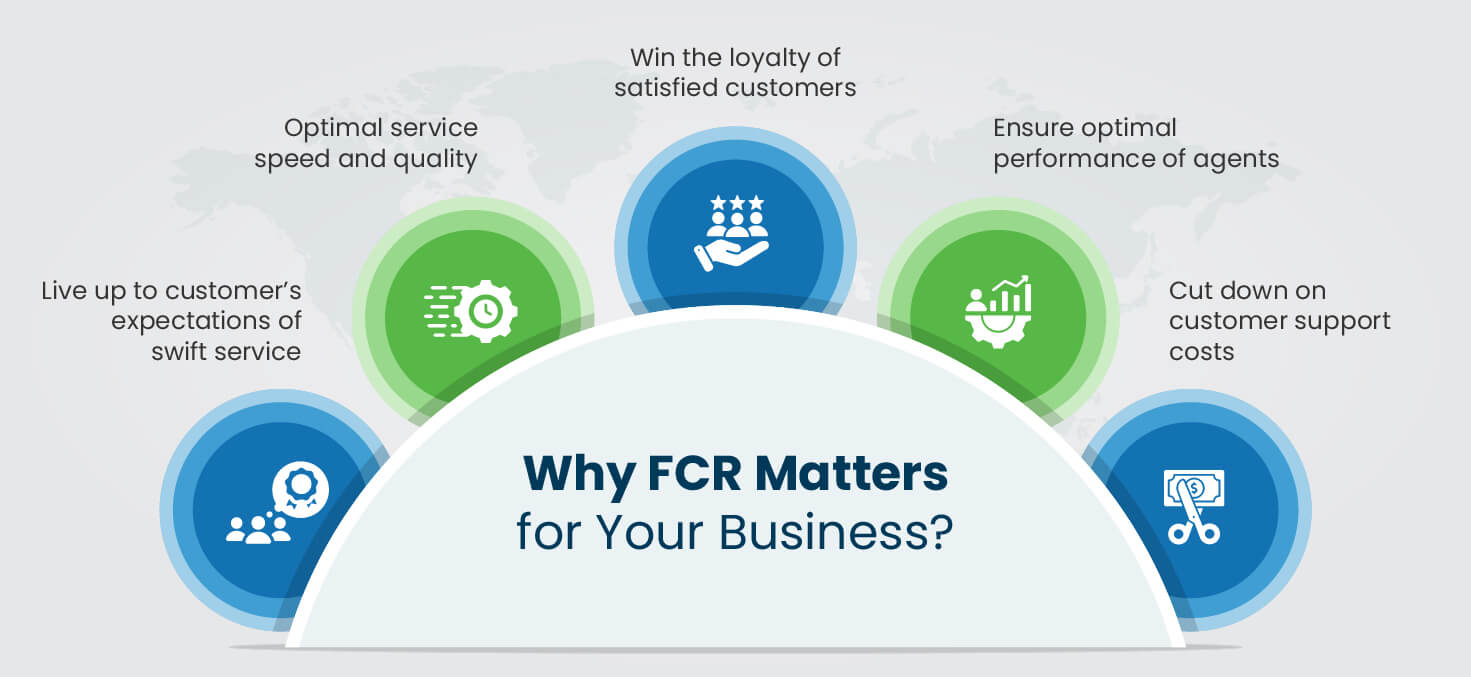
How to Measure First Call Resolution: FCR Formula
Accurately measuring the First Call Resolution (FCR) metric can help contact centers assess their performance and implement initiatives to derive better results. There can be several methodologies to track the first call resolutions, some of which can include, tracking queries that were resolved within the first interaction, conducting post-call surveys, or simply analyzing the contact center data to calculate it.
Step 1: Track the Total Number of Calls Resolved Out of Total Call Volume
The first step is obviously to segregate the number of callers whose issues were resolved out of the total number of calls resolved by the contact center within a specific time frame say a day, week, month or year.
Step 2: Identify the calls resolved in the first instance
The next step is to identify callers who did not follow up with subsequent calls because their queries were addressed on first contact. You can dig into the contact center data to derive this information or simply conduct a post-call survey.

First Call Resolution Rate is the percentage of call or support requests that were resolved during the first contact itself.
Industrial Benchmark for First Call Resolution
Conventionally, the industrial standard is to resolve about three-fourths of the total number of calls during the first contact itself. But this is not a fixed rate and can vary depending on a number of factors such as the type of business, techniques to measure the FCR rate, nature of queries received by your contact center, type of technologies deployed, etc.
However, establishing a benchmark for FCR within contact centers serves as a guiding metric for setting performance goals and driving continuous improvement. By benchmarking against industry standards and internal benchmarks, contact centers can track progress and deliver exceptional customer service.
| 💡 Learn more | Understanding the Criticality of Call Abandonment Rate in Contact Centers |
Reasons for Low First Call Resolutions (FCR)
Is your industry struggling to improve its first call resolution rates? There can be many reasons for that. Let’s understand some of these:
1. Agent’s Inability to Access the Right Information
Most call resolutions are faster because agents can access the right information at the right time and resolve customer queries. However, if the agents are stuck in the hassle of switching tabs to get the correct information, they might end up taking too much of the customer’s time, or toss them around from one agent to the next, or worse, ask them for a follow-up call sometime later.
2. Effectiveness of the Routing System
One of the most popular reasons for contact centers struggling to resolve customer queries the first time around is the ineffectiveness of their IVR systems. When calls are not routed to the agent based on their skills and experience or the nature of the customer query, customers end up calling again and again to find the right resolution.
3. Poor Agent Training
Even with the right technology and delivering access to customer information in a timely manner, agent training is of paramount importance. When a customer calls in they prefer talking to an agent who knows their products and services and also how to resolve specific customer queries. This requires investing in the agent training without which agents might even end up hanging the call in frustration.
| 💡 Also read | Tools to manage agent workload during crisis |
4. Complex Nature of the Product or Service
Sometimes, the nature of the industry and the complexity of product/service offerings can lead to longer resolution times. It might even be common for such industries to resolve their customer’s queries over a number of calls rather than just the first contact. Calls of a complex nature are likely to be escalated, transferred, or even transferred to a more skilled agent or returned after some time.
5. High Agent Turnover Rate
As much as customer experience matters for businesses, so does agent experience. If your agents are not happy and satisfied, they are more likely to leave. This would cause all the training and investment you put into onboarding the agents and making them ready for engagement to go to waste. A higher agent turnover rate puts pressure on call volumes on a limited number of people who might not be equipped with the right knowledge or experience to resolve calls in the first instance.
Tips and Strategies to Improve First Call Resolution Rate (FCR)
What then is the way to break out of these lagging indicators? Let’s understand:
| 💡 Explore | 3 ways to boost FCR and reduce customer churn |
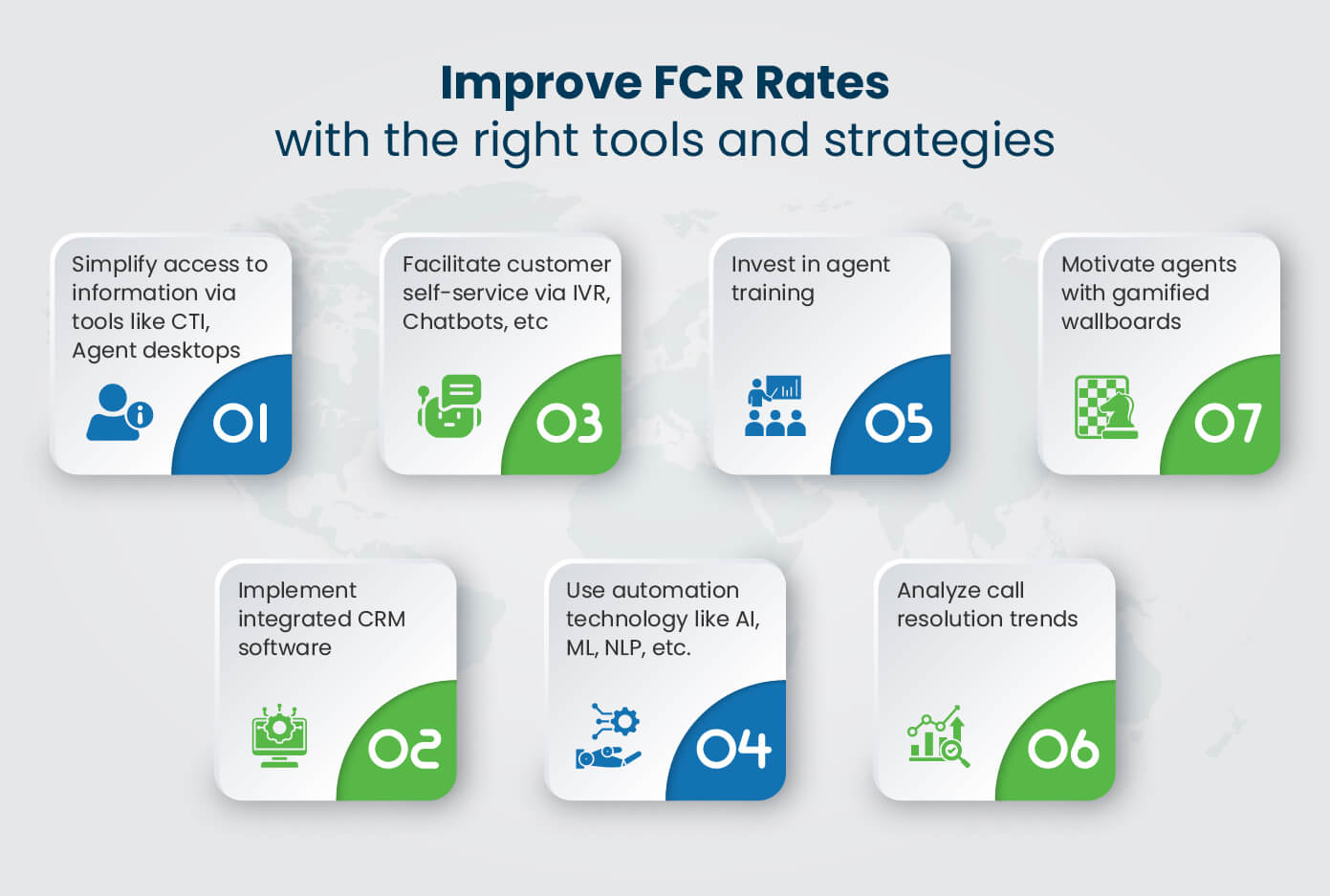
Wrap Up
In today’s realm of evolving contact center trends, keeping your customers satisfied and happy is the age-old formula that doesn’t fail. One way to achieve this is by measuring your contact center KPIs and keeping them in line with industrial benchmarks. The FCR is one such critical metric that can boost customer satisfaction, improve your contact center’s performance, and reap results on both fronts: reputation and revenue.
Meet the KPI benchmarks with modern contact center solutions from NovelVox!
Was this post useful?

Tanu Choudhary
Recent Posts
Sign Up for Newsletters
Subscribe to our free newsletter and get blog updates in your inbox
Categories
- Agent Experience (12)
- Career Blogs (20)
- Contact Center Solutions (68)
- Contact Center Wallboard (15)
- Conversational AI (19)
- CTI Connector (45)
- Customer Experience (57)
- CX Scoop (4)
- Digital Engagement (22)
- Events (2)
- Infographic (6)
- Product Release (4)
- Unified Agent Desktop (29)



